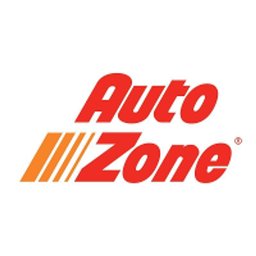Job Opportunities in Mexico

October 29, 2024
TE Connectivity
Ciudad Juárez
MGR II EH & S
TE Connectivity's Environmental Health & Safety Teams ensure and monitor safety in the workplace. This includes the application and communication of health, safety and hazardous material standards, procedures and practices consistent with TE, environmental and government regulations.
What your background should look like:
RESPONSABILITIES:
- Develops procedures and implements plans to reduce the risk of injury or damage. Able to anticipate, recognize, and evaluate hazardous conditions and develop control methods.
- Drive behavioural based safety program to raise safety awareness and change the safety culture in the plant.
- Manages and maintains appropriate environmental and safety permitting requirements.
- Conduct and/or coordinate EHS inspections and self-assessments to assure compliance with company EHS standards and regulatory requirements.
- Oversee water treatment and wastewater equipment ensuring compliance with state and federal environmental protection limits
- Manages the handling and disposal of solid and hazardous waste generated at the facility to comply with local, State, and Federal requirements.
- Provide support and guidance to operations and line management on incident investigations and the closure of the corrective actions identified, particularly for major incidents.
- Work with plant team and engineering function to design, install and maintain new or modified equipment/processes as necessary to ensure EHS risks are well managed.
- Develop and maintain safety and environmental KPI metrics
- Plan, develop, deliver, and coordinate effective EHS training to satisfy regulatory and company EHS requirements and assure proper EHS awareness.
- Education: Bachelor’s Degree in Industrial Engineering with specialization in Environmental and Safety
- Minimum experience: 5-7 years preferably in industry
- Languages: Advanced English
- Certifications: ISO 14000, ISO 25000, Ergonomics
Competences:
Technical
Technical
- Working knowledge of government regulations and ability to interpret regulatory requirements (federal, state, local, and OSHA) and apply them to the workplace
Competencies
Managing and Measuring Work
Building Effective Teams
Motivating Others
Values: Integrity, Accountability, Inclusion, Innovation, Teamwork
SET : Strategy, Execution, Talent (for managers)
Latest Job Opportunities
November 21, 2024
Tecnología en Ingredientes Alimenticios
Chofer vendedor a detalle
San Luis Potosí
OTHER
View DetailsNovember 21, 2024
ADS Advanced Data Services S.A de C.V
ALMACENISTA
San Luis Potosí
OTHER
View Details

November 21, 2024
OPERADORA LOB SA DE CV
Cajero Vendedor Eventual LOB San Luis
San Luis Potosí
OTHER
View DetailsNew Jobs from This Company




